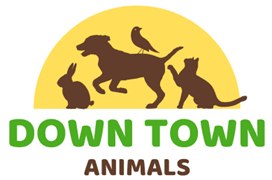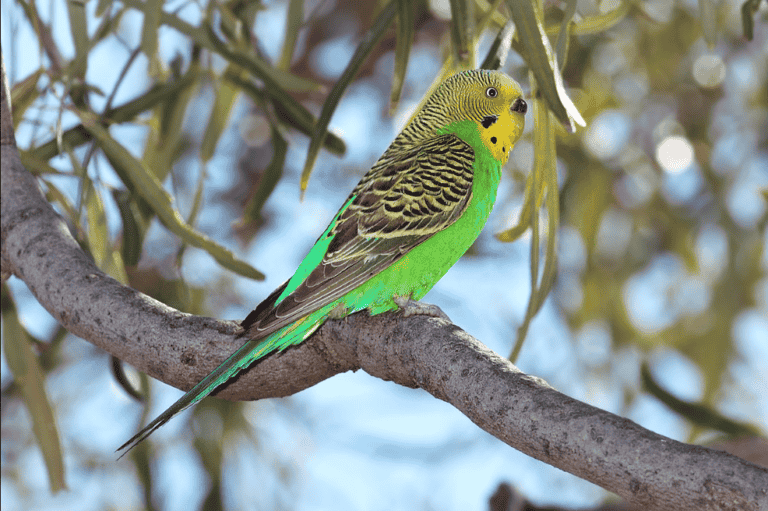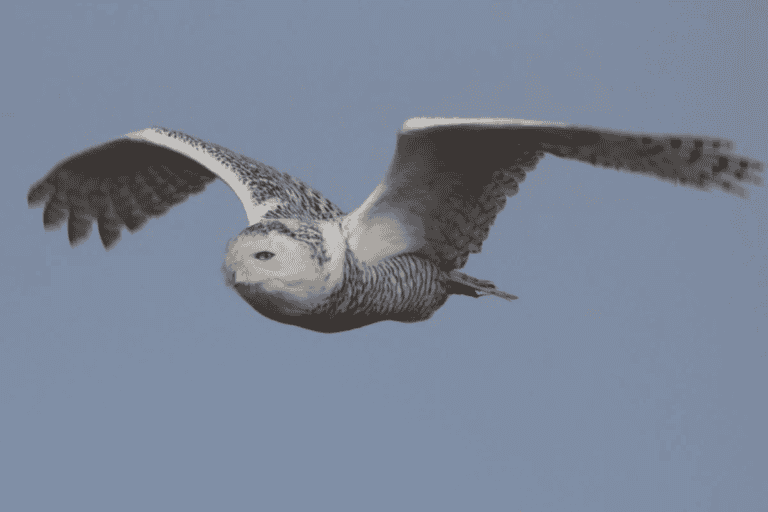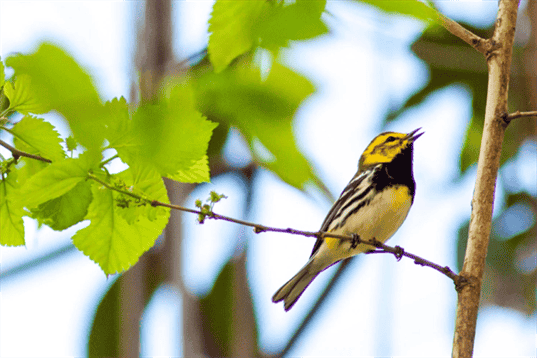Unraveling the Myth: Do Crows Eat Squirrels
Crows and squirrels are common animals found in many urban and rural environments. These two species often coexist, leading to the question: Do crows eat squirrels? In this article, we will delve into the intriguing world of crow behavior and explore whether crows indeed prey on squirrels. By examining various studies, expert opinions, and real-life observations, we aim to shed light on this fascinating topic.
Understanding the Diet of Crows:
Crows are highly adaptable and opportunistic birds known for their diverse diet. They are classified as omnivorous, consuming both plant and animal matter. Crows can scavenge, hunt, and exploit various food sources available in their surroundings.
The Feeding Behavior of Crows:
Crows exhibit a broad range of feeding behaviors depending on their location and habitat. While their primary diet consists of fruits, seeds, insects, and small animals, including rodents, squirrels are not typically their preferred prey.

Crow-Squirrel Interactions:
Although crows generally do not target squirrels as a primary food source, there have been instances where they have been observed scavenging on squirrel carcasses or opportunistically preying on young or injured squirrels. However, these occurrences are relatively rare and not a significant part of their diet.
Factors Influencing Crow Behavior:
Several factors can affect crow behavior and the likelihood of interactions with squirrels. Environmental conditions, seasonal food availability, and competition for resources can all play a role in determining crow feeding habits. Understanding these dynamics provides valuable insights into crow-squirrel relationships.
Do Crows Actively Hunt Squirrels?
Do crows actively hunt squirrels? This question has piqued the curiosity of nature enthusiasts and researchers alike. Crows, with their remarkable intelligence, and squirrels, known for their agility and arboreal lifestyle, coexist in many environments. This article will delve into crows’ feeding behaviors and interactions with squirrels to determine whether crows actively hunt these small rodents.
Crows are highly adaptable and opportunistic birds with a diverse diet. While they primarily feed on fruits, seeds, insects, and carrion, they are also known to scavenge and hunt small animals. However, squirrels are not typically considered primary prey for crows.
Crows have been observed to display opportunistic feeding behavior, taking advantage of readily available food sources. They are known to scavenge on carcasses, including those of squirrels, but this behavior is relatively rare. When it comes to actively hunting squirrels, scientific evidence suggests that it is not a common occurrence.
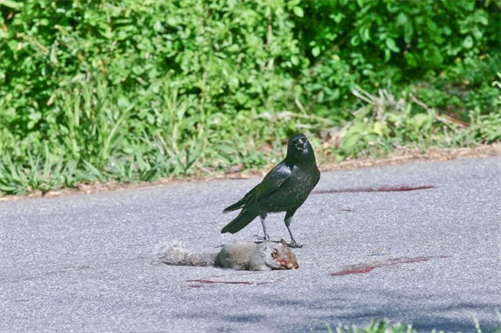
Squirrels are agile and swift climbers, spending most of their time in trees. They have evolved to be highly proficient at evading predators, including birds such as hawks and owls. While crows are intelligent and possess sharp beaks, they lack the necessary physical adaptations and hunting strategies to capture squirrels effectively.
It is important to note that crows’ diet and feeding behaviors can vary depending on their location and the availability of resources. In some cases, crows may opportunistically prey on young or injured squirrels, but such instances are not considered significant enough to label crows as active squirrel hunters.
The interactions between crows and squirrels are more often characterized by competition for resources rather than predation. Both species seek food and nesting sites in similar environments, leading to occasional conflicts. Crows may chase squirrels away from food sources, but this behavior is driven by resource competition rather than a predatory instinct.
What Factors Influence Crow-Squirrel Interactions?
Several factors influence the interactions between crows and squirrels in their shared environments. Understanding these factors provides valuable insights into the dynamics of their relationship. Let’s explore some of the critical elements:
- Habitat and Resource Availability:
The availability of suitable habitats and resources plays a significant role in crow-squirrel interactions. Both species require access to food, water, and shelter. The presence of trees, which provide nesting sites and food sources like acorns or fruits, can influence the degree of overlap between crows and squirrels.
- Food Competition:
Crows and squirrels may compete for similar food sources, such as nuts, fruits, and bird feeders. This competition can lead to territorial disputes and aggressive behaviors as each species strives to secure enough survival food.
- Predation Pressure:
The presence of natural predators can influence the behavior and interactions between crows and squirrels. Predators such as hawks, owls, and even domestic cats can threaten both species. Predation risk may influence their foraging patterns, habitat selection, and avoidance behaviors.
- Seasonal Changes:
Seasonal fluctuations in resource availability can impact crow-squirrel interactions. For example, when food sources are scarce in winter, competition for limited resources may intensify, leading to more frequent encounters and conflicts between the two species.
- Nesting and Breeding Habits:
Crows and squirrels have specific nesting and breeding habits that can influence their interactions. Crows build nests in tall trees, while squirrels construct nests called dreys in tree branches or hollows. The proximity of their nesting sites may result in territorial disputes or cooperative behaviors, depending on the individuals involved.
- Behavioral Adaptations:
Both crows and squirrels have developed behavioral adaptations to cope with their environment and maximize their chances of survival. Squirrels, for instance, are agile climbers and use their ability to jump and navigate trees to escape from predators. Conversely, crows use their intelligence and problem-solving skills to exploit various food sources.
- Human Influence:
Human activities and urbanization can significantly impact crow-squirrel interactions. For example, bird feeders or quickly accessible human food waste can attract both species, increasing competition and potential conflicts.

It is important to note that these factors’ specific combinations and influences can vary across different environments, geographical regions, and species populations. Observing and studying these factors helps us better understand the complex interactions between crows and squirrels and their adaptation to coexist in shared habitats.
Can Crows Threaten Squirrel Populations?
Crows do not pose a significant threat to squirrel populations. While crows are intelligent birds with diverse feeding habits, squirrels have evolved strategies to avoid predation and maintain their population levels.
Here are some key points to consider regarding the potential impact of crows on squirrel populations:
- Natural Predators:
Squirrels face predation from a range of natural predators, including larger birds of prey such as hawks and owls, as well as ground-based predators like foxes and snakes. These predators have explicitly adapted to hunt and consume squirrels.
- Squirrel Adaptations:
Squirrels have evolved physical and behavioral adaptations to evade predation. They are highly agile climbers, capable of swiftly maneuvering through trees and using their long tails for balance. Squirrels also have keen senses, enabling them to detect and respond to threats.
- Habitat Preference:
Crows and squirrels often occupy different niches within their shared habitats. Squirrels are predominantly arboreal, spending most of their time in trees, while crows are more versatile and can thrive in various environments. This habitat segregation reduces direct competition between the two species.
- Feeding Preferences:
Squirrels primarily consume nuts, seeds, fruits, and other plant matter, while crows have a more varied diet that includes carrion, insects, and small animals. The differences in feeding preferences further limit the potential for direct competition and conflict.
- Occasional Interactions:
While there may be rare interactions between crows and squirrels, such as resource competition or territorial disputes, these interactions are typically limited and do not pose a significant threat to squirrel populations.
It is worth noting that the impact of crows on squirrel populations can vary depending on specific environmental factors and localized conditions. However, crows are not considered a significant threat to squirrel populations, as squirrels have evolved a suite of adaptations to counter predation from various natural predators.
How Do Crows and Squirrels Coexist in Urban Areas?
Crows and squirrels have adapted to coexist in urban areas, where human development and altered landscapes have created unique challenges and opportunities for both species. Despite occasional competition for resources, these intelligent animals have found ways to share space and navigate urban environments. Here are some key factors that contribute to their coexistence:
- Resource Partitioning:
Crows and squirrels often exhibit niche differentiation, which allows them to exploit different food sources within urban areas. Squirrels primarily feed on nuts, seeds, and fruits, while crows have a more diverse diet that includes carrion, insects, and human food waste. This resource partitioning helps minimize direct competition.
- Vertical Habitat Utilization:
Urban areas often feature a combination of tall trees, buildings, and green spaces. With their adept climbing abilities, Squirrels predominantly inhabit the trees, utilizing branches and foliage for shelter and food storage. Crows, versatile flyers, use a broader range of habitats, including rooftops, parks, and open spaces.
- Nesting Strategies:
Crows typically build nests in tall trees or on structures such as lampposts, while squirrels construct nests called dreys in tree branches or hollows. This vertical separation of nesting sites helps reduce direct conflicts between the two species.
- Foraging Patterns:
Squirrels are diurnal, meaning they are most active during daylight hours, while crows are known for their intelligence and ability to adapt to different foraging situations. Crows may exploit food resources in urban areas during the day and retreat to more secluded locations at night, minimizing potential interactions with squirrels.
- Human Influence:
Urban areas often provide additional food sources for crows and squirrels. Bird feeders, trash cans, and discarded food can attract these animals, supplementing their natural diets. While this human-provided food can create competition between crows and squirrels, it also offers opportunities for coexistence.
- Behavioral Flexibility:
Both crows and squirrels are highly adaptable animals capable of adjusting their behaviors to changing environmental conditions. Their ability to learn and problem-solve contributes to their success in urban environments, allowing them to exploit available resources while minimizing conflicts.
While occasional interactions and conflicts may occur between crows and squirrels in urban areas, they have developed strategies to coexist. Their ability to partition resources, utilize vertical habitats, and adapt to human-altered landscapes demonstrates their resilience and capacity to thrive in urban environments. The coexistence of these species adds to the biodiversity and charm of urban spaces, offering opportunities for observation and appreciation of wildlife.
Who are the Natural Predators of Squirrels?
As small mammals, squirrels have a range of natural predators that play a crucial role in regulating their population and maintaining ecological balance. These predators have adapted various hunting strategies to capture squirrels. Here are some of the natural predators of squirrels:

- Birds of Prey:
Several species of birds of prey, including hawks, eagles, and owls, hunt squirrels. These raptors have keen eyesight, sharp talons, and powerful beaks that can spot, capture, and consume squirrels. They often target squirrels on the ground or moving through trees.
- Carnivorous Mammals:
Predatory mammals such as foxes, coyotes, bobcats, and weasels are known to prey on squirrels. These agile hunters use their speed, stealth, and hunting instincts to pursue and capture squirrels. They can climb trees to access squirrel nests or chase squirrels on the ground.
- Snakes:
Certain snake species, like rat snakes and black racers, are skilled climbers and can capture squirrels in trees. They employ their constricting abilities to subdue and consume squirrels. Arboreal snakes can access squirrel nests and ambush squirrels when they are unaware.
- Domestic Pets:
When left outdoors unsupervised, domestic cats and dogs can threaten squirrels. Cats, with their hunting instincts, may stalk and capture squirrels. Dogs, particularly those with a strong prey drive, can chase squirrels, potentially leading to injury or capture.
- Humans:
While humans are not natural predators of squirrels, they may inadvertently contribute to squirrel mortality. It can occur through collisions with vehicles, habitat destruction, or encounters with domestic pets.
It’s important to note that the presence of natural predators helps regulate squirrel populations, ensuring a balance in ecosystems. Predation pressure can influence squirrel behavior, habitat selection, and foraging patterns as they evolve strategies to minimize predation risk.
Observing and understanding the interactions between squirrels and their natural predators provides valuable insights into the intricate dynamics of wildlife communities and each species’ role within the ecosystem.
FAQs
Q: Are crows a threat to squirrels?
A: Yes, crows can be a threat to squirrels. Crows are known to be aggressive and will attack other animals if they feel threatened. They have been known to attack and kill small mammals, including squirrels.
Q: Do crows eat squirrels in the wild?
A: Yes, crows have been known to eat squirrels in the wild. Crows are opportunistic feeders who take advantage of whatever food is available. This includes small mammals like squirrels.
Q: Do crows eat squirrels in urban areas?
A: Crows have been known to eat squirrels in urban areas. Crows are opportunistic feeders who take advantage of whatever food is available. This includes small mammals like squirrels.
Conclusion
In conclusion, crows eat squirrels. Crows are omnivores, meaning they eat plants and animals. They are opportunistic feeders, meaning they will take advantage of whatever food is available. This includes small mammals like squirrels. Crows will also scavenge for food, which means they will eat dead animals, including squirrels. Crows have also been known to hunt small mammals, including squirrels. However, this is not a common occurrence. Crows are not known for their hunting skills and usually rely on scavenging for food.
